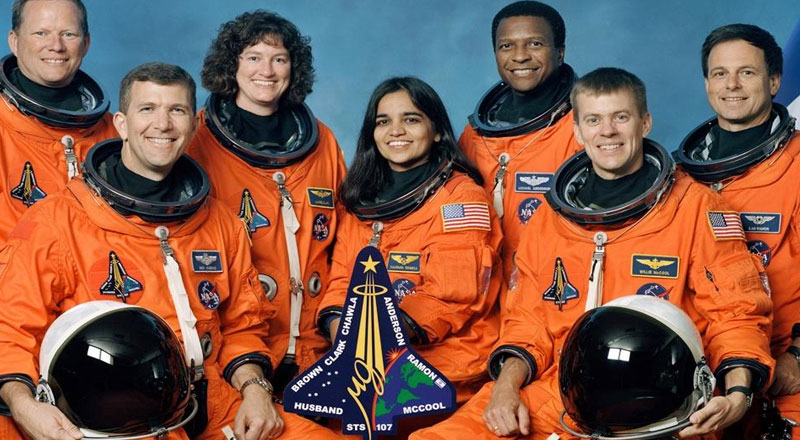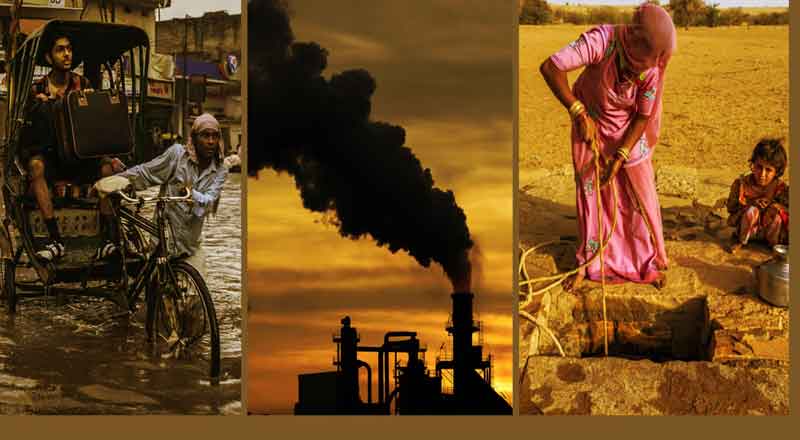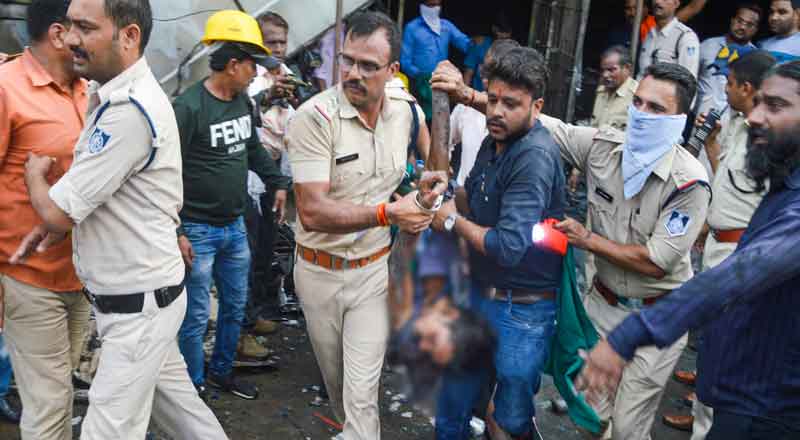Kalpana Chawla was born on March 17, 1962, and was part of the STS-107 mission onboard the Columbia space shuttle that exploded during its re-entry to Earth after a 15-day mission from space.
The bright sunny morning on February 1, 2003, turned gloomy and mournful within minutes as fireballs raged in the skies above Texas, United States. The fireball was the debris of the Columbia space shuttle that was on descent from space and just minutes away from landing when tragedy struck.
The mission was carrying seven astronauts who were declared dead by Nasa in what was the worst disaster in the American space agency’s history and that of global space exploration. Onboard were seven souls, including India’s Kalpana Chawla, who was on her second mission beyond Earth.
WHO WAS KALPANA CHAWALA?
Born in Karnal of Haryana on March 17, 1962, Kalpana Chawla was part of the STS-107 mission onboard the Columbia space shuttle that exploded during its re-entry to Earth after a 15-day mission from space. The seven astronauts onboard perished in the accident that resulted due to a major malfunction during lift-off in the final week of January 2003.
Kalpana Chawla’s dream run to the star began at an early age. She graduated from Tagore School, Karnal in 1976 and earned a Bachelor of science degree in aeronautical engineering from Punjab Engineering College. She then pursued a Master of science degree in aerospace engineering from the University of Texas, followed by a Doctorate of philosophy in aerospace engineering from the University of Colorado in 1988.
She joined Nasa’s Ames Research Center in 1988 and began working on the simulation of complex air flows encountered around aircraft. In 1993 Kalpana joined Overset Methods Inc, as Vice President and Research Scientist to form a team with other researchers specializing in the simulation of moving multiple body problems. She was responsible for the development and implementation of efficient techniques to perform aerodynamic optimisation.
Her journey to the star began in 1995 when she was selected by Nasa as an astronaut candidate in the 15th Group of Astronauts. She was assigned as a crew representative to work on technical issues for the Astronaut Office EVA/Robotics and Computer Branches after completing a year of training. In November 1996, Kalpana Chawla was assigned as a mission specialist and prime
robotic arm operator on STS-87.
She flew to space for the first time in 1997 onboard STS-87. Her mission focused on experiments designed to study how the weightless environment of space affects various physical processes. STS-87 made 252 orbits of the Earth, traveling 6.5 million miles in 376 hours and 34 minutes.
Kalpana Chawla was posthumously awarded the Congressional Space Medal of Honor, the Nasa Space Flight Medal, and the Nasa Distinguished Service Medal.





